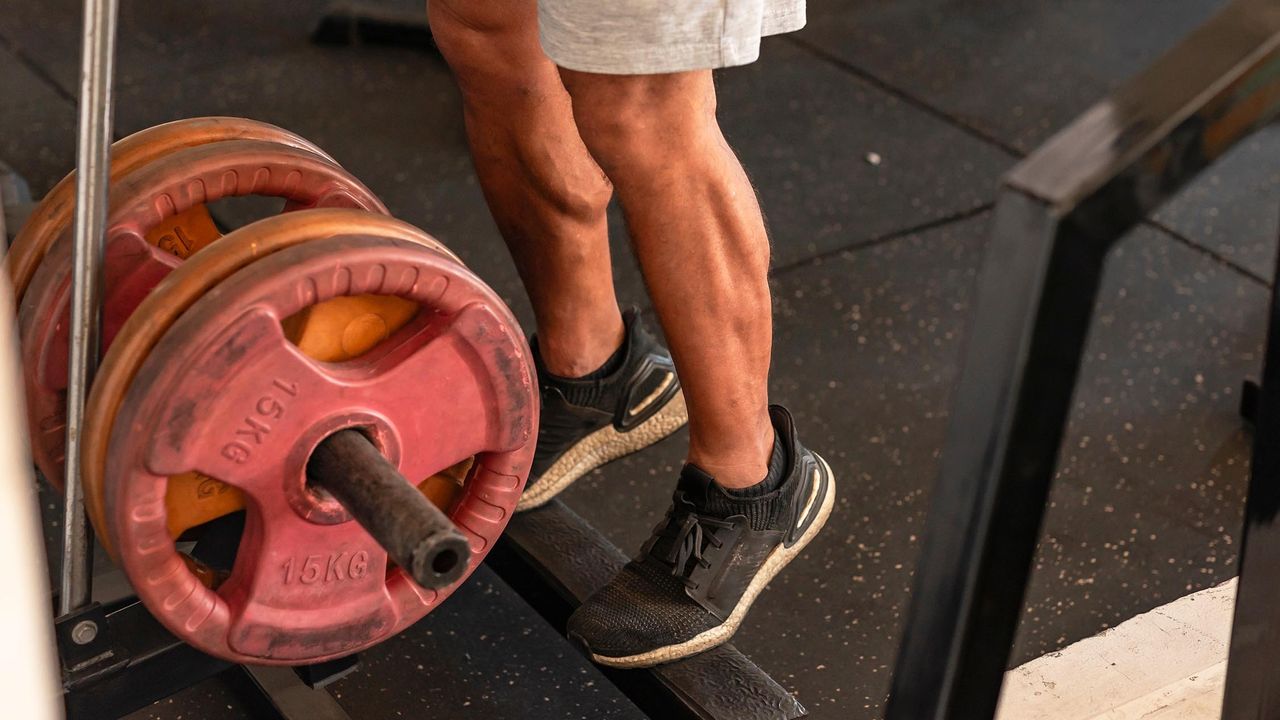Shin splints, or medial tibial stress syndrome, are a common issue for athletes, particularly runners and dancers. This condition arises from overtraining, repetitive movements, or improper footwear, leading to inflammation in the muscles and connective tissues surrounding the shins. According to the Cleveland Clinic, if left unaddressed, shin splints can lead to more severe injuries, such as stress fractures.
As a certified personal trainer, I have witnessed firsthand how shin splints can hinder athletic performance. Many clients have struggled with this condition, and I have experienced it myself. To prevent recurrence and alleviate pain, I recommend incorporating five targeted exercises into your routine. These exercises not only aid in recovery but also strengthen the muscles that support lower-body movement.
Five Key Exercises for Shin Splint Relief
Before beginning this routine, ensure you have access to a pair of dumbbells, a resistance band, a step or elevated surface, and a yoga mat. It is advisable to consult with a healthcare provider to confirm that these exercises are suitable for your condition. For optimal results, consider working with a certified personal trainer to master the correct form.
1. **Calf Raises**
Stand with your feet together, engaging your core and keeping your spine neutral. Raise your heels off the ground to stand on your toes, holding for a few seconds before lowering back down with control. Complete 15 repetitions.
2. **Banded Hydrants**
Position a looped resistance band around your upper thighs. On all fours, engage your core while keeping your spine neutral. Lift your left knee sideways, keeping your inner thigh parallel to the floor. After holding briefly, lower your knee back down. Perform 15 repetitions on each side.
3. **Single-Leg Deadlifts**
Stand tall with your feet hip-width apart, holding a moderately heavy dumbbell in your right hand. With a slight bend in your left knee, lift your right leg behind you while lowering the weight towards the floor. Maintain square hips and a neutral spine. Once you reach the end of your range, squeeze your left glute to return to the starting position. Complete 15 repetitions on each side. For added balance support, use a wall.
4. **Step-Ups**
Position yourself in front of a step with your feet hip-width apart. Engage your core and keep your spine neutral. Step up onto the elevated surface with your right foot, pressing through your heel to lift your left foot onto the step. Lower your left foot back down, controlling the movement. Perform 15 repetitions on each side. Holding dumbbells can increase the challenge.
5. **Wall Sits**
Stand facing a wall with your feet hip-width apart. Lean back against the wall and walk your feet forward. Slide down until your upper thighs are parallel to the floor. Hold this position for 15 to 30 seconds to build endurance and strength.
The Benefits of Targeted Exercise
This workout targets strength, stability, and endurance in the lower body, addressing the muscles that facilitate movement. Calf raises enhance the strength of the gastrocnemius and soleus muscles, which can help mitigate excessive stress on the ankle joint and tibia. Banded hydrants and single-leg deadlifts build core and hip strength, stabilizing the pelvis during activities such as walking and running.
Additionally, step-ups and wall sits condition the quadriceps and hamstrings to absorb shock from high-impact activities. By improving overall stability, these exercises can significantly reduce the risk of shin splints and enhance athletic performance.
Incorporating these exercises into your fitness regimen can not only alleviate current discomfort but also fortify the muscles against future injuries. For those passionate about high-impact activities, a proactive approach to training is essential for long-term success.
